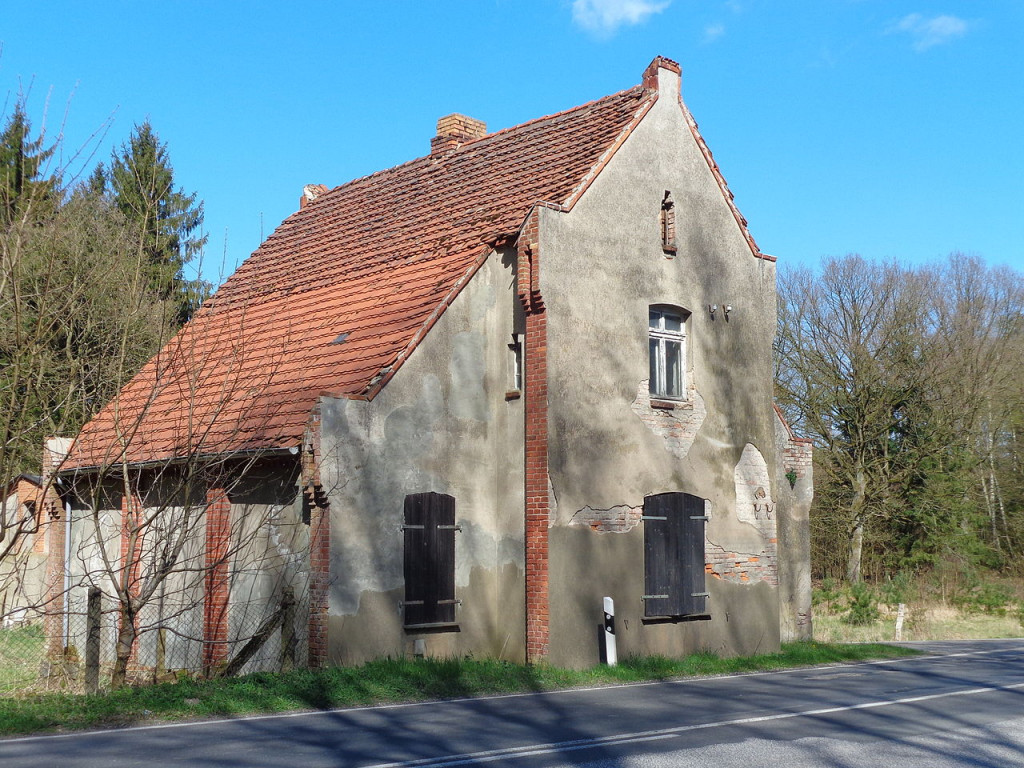Home Page is Dead RIP: Make Every Page Seem Like a Home Landing Page
It is startling to realise that the first page many visitors to your site will see is not your homepage. Studies have shown that traffic to home pages, on most large websites, even newspapers and directories are declining, reaching only 20-30% of traffic in most cases.
The reason is that most people find your site via search and social media for you individual pages or articles. They never see or know about your home page unless they specifically search for it. This has important consequences not only for the time you spend constructing and maintaining your home page, but also for the site navigation and the design of all your pages.
This article discussed these issues.




Why Do Users Bypass or Not Find Your Home Page?
Most people find you pages deep in the site via search and social media. Some people may have your site listed in their favorites, but otherwise it is hardly likely that your home page will rank well, because it is unlikely to be competitive within a short-tail general topic and set of keywords. The only exception is if you create pages in narrow long-tail niches, perhaps using a URL that contains your target keyword.
So why do most people go directly to pages deep within your site?
► Google Search Queries will locate a relevant page on your site for specific keywords
► Social Sharing - When someone shares a specific page from your site, followers will click on that specific link and go directly to that specific page, bypassing the home page.
► More of your users and audience are using mobile devices. Classic navigation and directories do not work well on mobile devices.
► Email Marketing will generally link to specific pages on your site
RIP The Homepage - What Should You Do Now?
► Stop spending so much time designing and maintaining it. This applies to the site map and navigation within the site. The 'Home Page" is essentially similar to all your other pages. Provide a simple description of what your site is about, build the brand and provide simple navigation to the other pages on the site. Use a Google Search tool to help users find what they want rather than a directory structure (see below).
► Dump your directory tree structure and use the Google Search Tool that you can add to every page on your site for navigation. This is a much better way for users to find what they are searching for. It lists several alternative pages for users to choose from. Abandon your directory tree structure and folders and use a flat structure. You can still have pages for groups of pages on various topics, but they don't need to be in folders.
► Split your site into several smaller sites using separate URLs - This helps you to better target your users and potential audience using a narrower topic.
► Treat every page of your website like a homepage, especially for branding -The demands for Mobile First web design mean that your information needs to be condensed and your information succinct and well organised. Put a brief 'brand' section at the top of each page.
► Adopt a Flat Site and Directory Structure - If your home page is dead, so is your directory structure. No one navigates that way any more, or no one will find your directory. A flat directory structure using key headings on similar pages is better. Adding the Google search tool to every page provides a common way for people to find other pages on your site. Add a list of links to related articles or pages on your site
► Put the Google search tool for your site, on every page. This is the best way for users to navigate to other pages or to find what they are after.
► Spend less time on home page - Simplify your home page down to the bare essentials.
► Adopt Mobile First Designs- Consider mobile first designs for your site to further simplify your design and to provide what your users need quickly and easily. Provide answers to their question or provide solutions to the problem that brought them to your site. Provide simple links to other pages that may better satisfy their needs. Identify what you want your user to do and then provide the answer and pathways.
► Apply Search Engine Optimization for EVERY PAGE - apart from 'contact', 'sitemap' and other housekeeping pages.